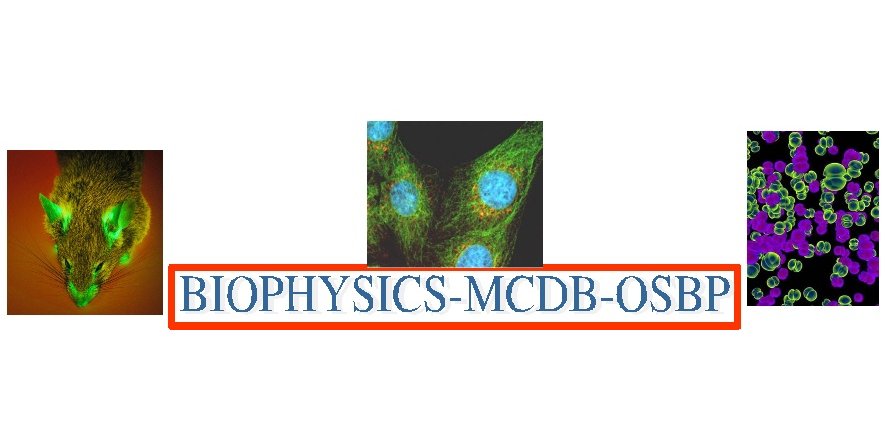Interdisciplinary Graduate Programs Symposium

2010 OSU Molecular Life Sciences
Interdisciplinary Graduate Programs Symposium

Poster abstracts
Abstract:
The molecular basis of the induced-fit mechanism that determines the fidelity of protein synthesis remains unclear. Here, we isolated mutations in 16S rRNA that increase the rate of miscoding and stop codon readthrough. Many of the mutations cluster along interfaces between the 30S shoulder domain and other parts of the ribosome, strongly implicating shoulder movement in the induced-fit mechanism of decoding. The largest subset of mutations mapped to helices h8 and h14. These helices interact with each other and with the 50S subunit to form bridge B8. Previous cryo-EM studies revealed a contact between h14 and the switch 1 motif of EF-Tu, raising the possibility that h14 plays a direct role in GTPase activation . To investigate this possibility, we constructed both deletions and insertions in h14. While ribosome harboring a 2-basepair insertion in h14 were completely inactive in vivo, those containing a 2-basepair deletion retained activity but were error prone. In vitro, the truncation of h14 accelerated GTP hydrolysis for EF-Tu bearing near-cognate aminoacyl-tRNA, an effect that can largely account for the observed miscoding in vivo. These date show that h14 does not help activate EF-Tu, but instead negatively controls GTP hydrolysis by the factor. We propose that bridge B8 normally acts to counter inward rotation of the shoulder domain, hence mutations in h8 and h14 that compromise this bridge decrease the stringency of aminoacyl-tRNA selection.
Keywords: translation, ribosome, RNA